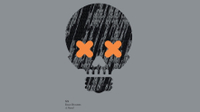Author Rian Hughes pushes the boundaries of modern sci-fi novels with his debut release "XX" (The Overlook Press, 2020).
Burrowing deep into the basic language of graphic design and how it can be employed to manipulate ideas and communicate, Hughes' "XX" is a stunning piece of serious science fiction that will leave you reeling long after the last page.
Hughes is an award-winning designer and comics artist whose art and words have been featured in works at 2000 AD, DC Comics and Marvel Comics. Here in his experimental debut novel, he applies a flourish of typographic techniques to unspool a provocative first contact tale, incorporating NASA transcripts, newspaper and magazine articles, fictitious Wikipedia pages, Twitter posts, and undeciphered alphabets.
Related: The Best Science Fiction Books
XX by Rian Hughes. $22.57 on Amazon
Experience first contact as you've never imagined it as Rian Hughes explores what meeting alien life might be like in the book "XX."
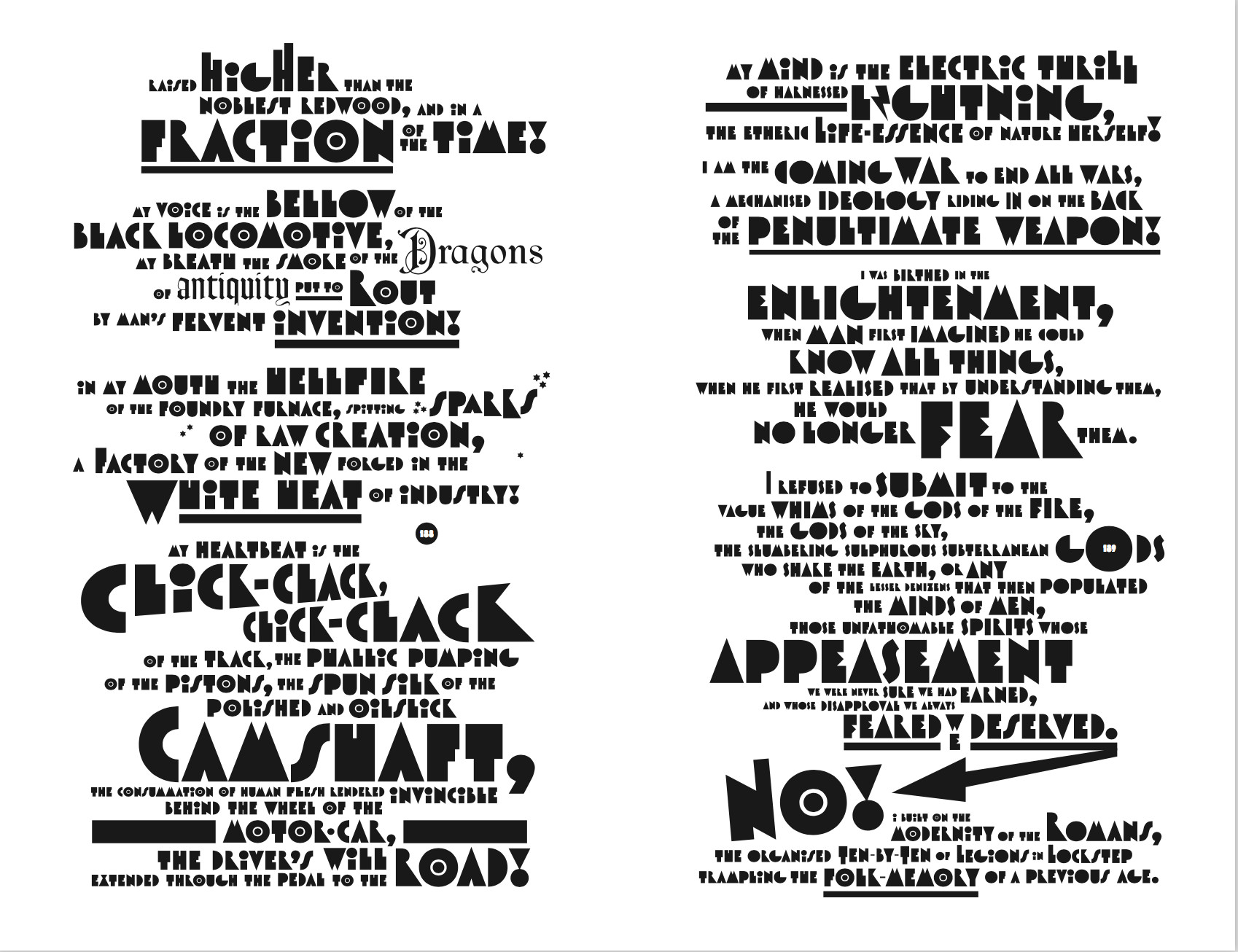
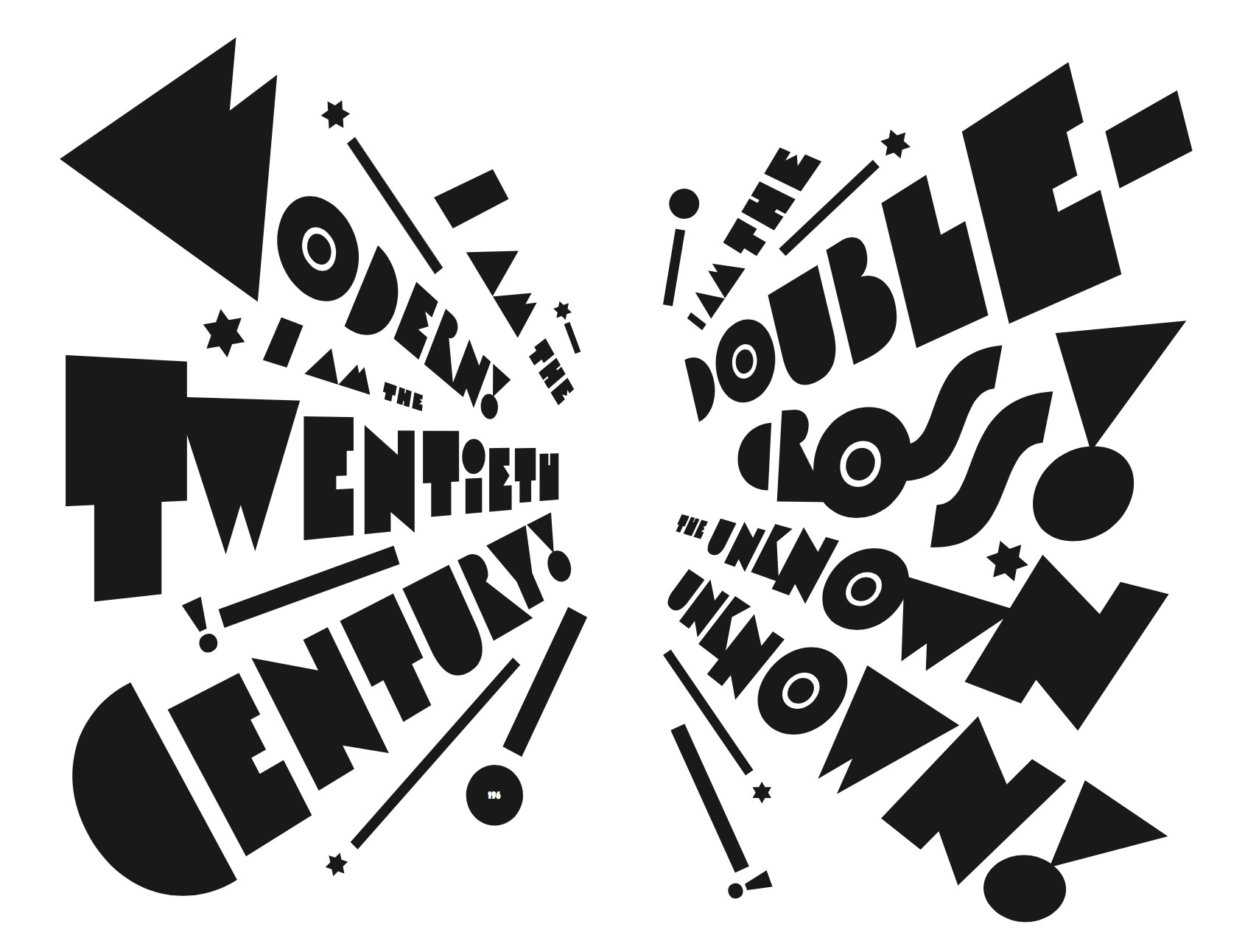
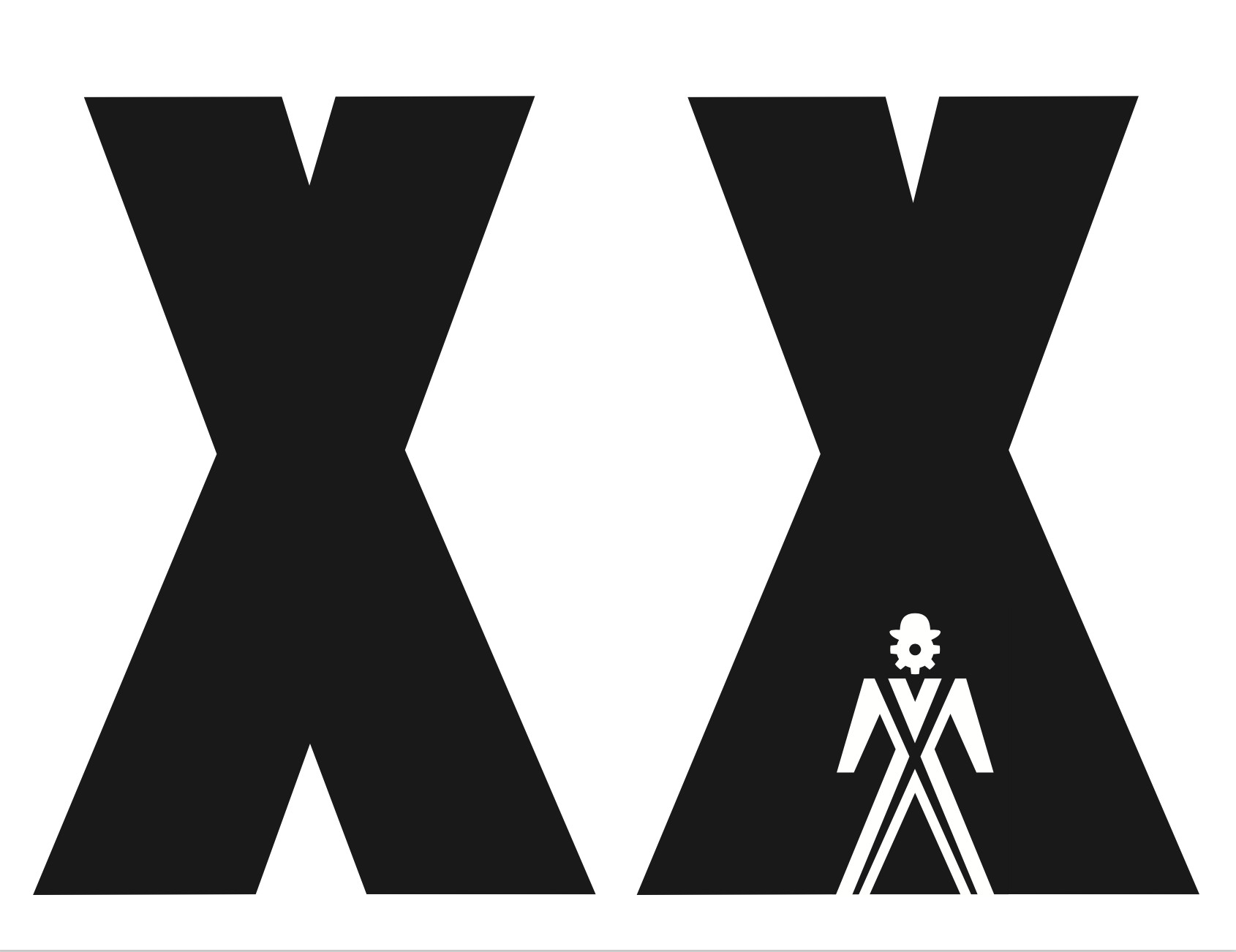
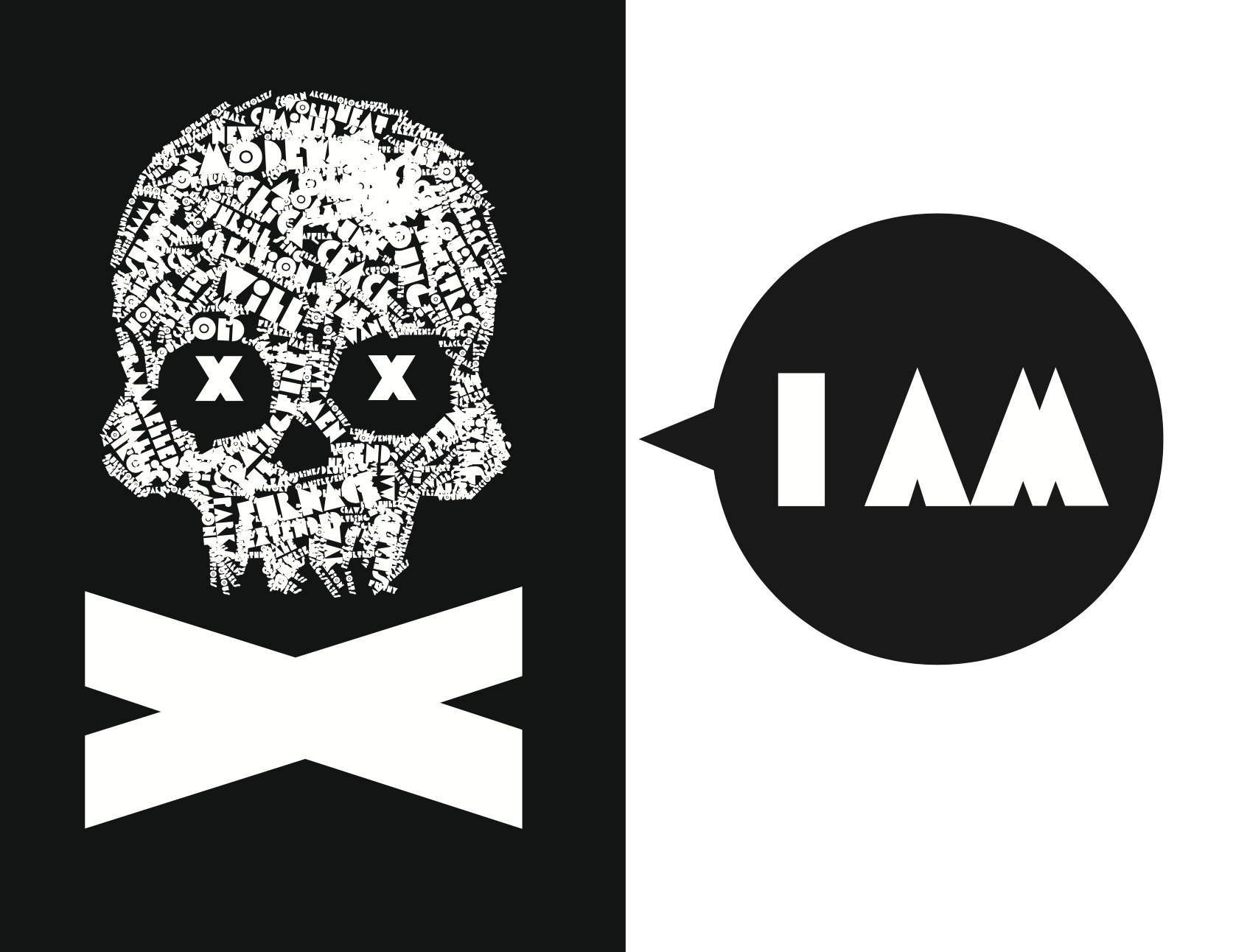
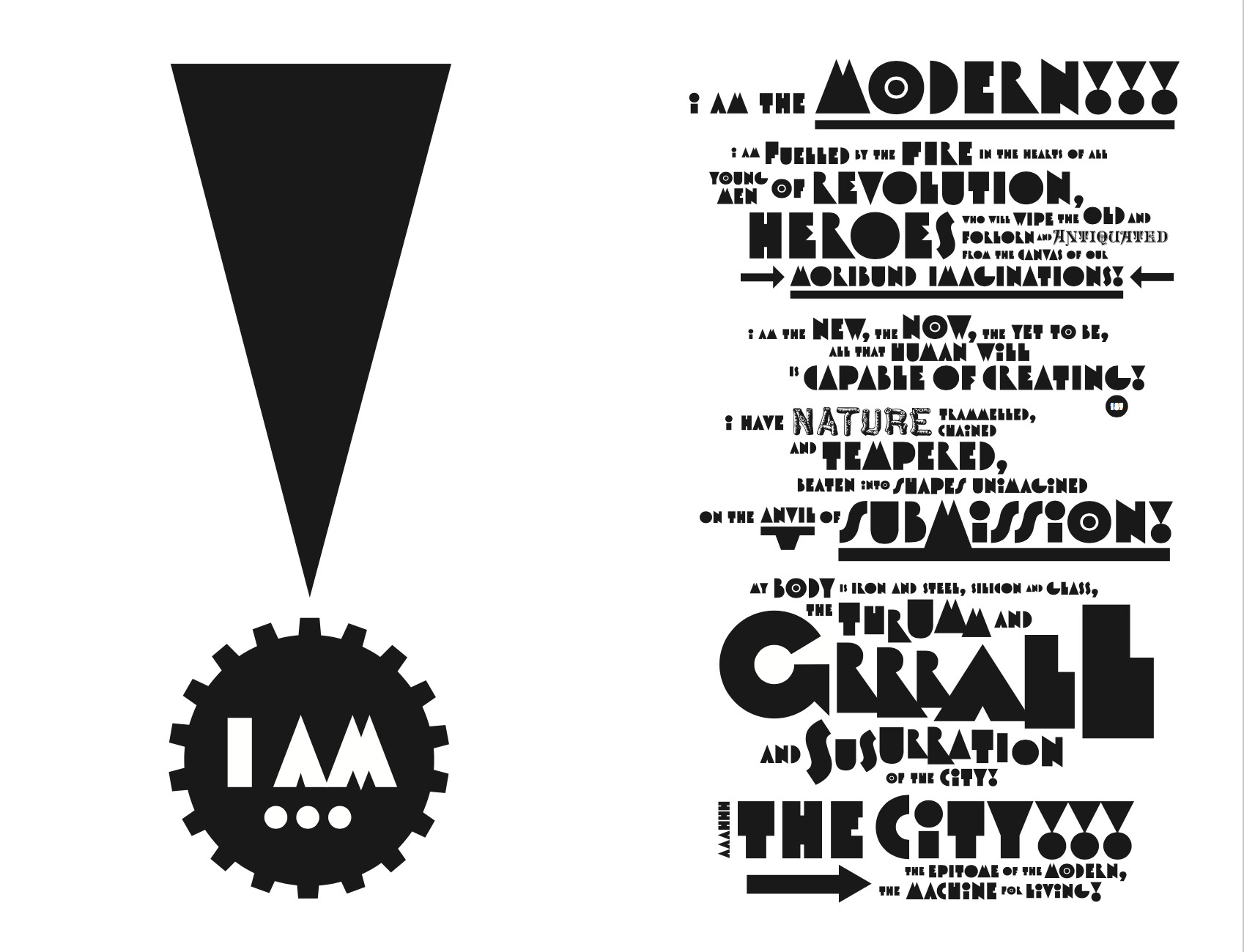
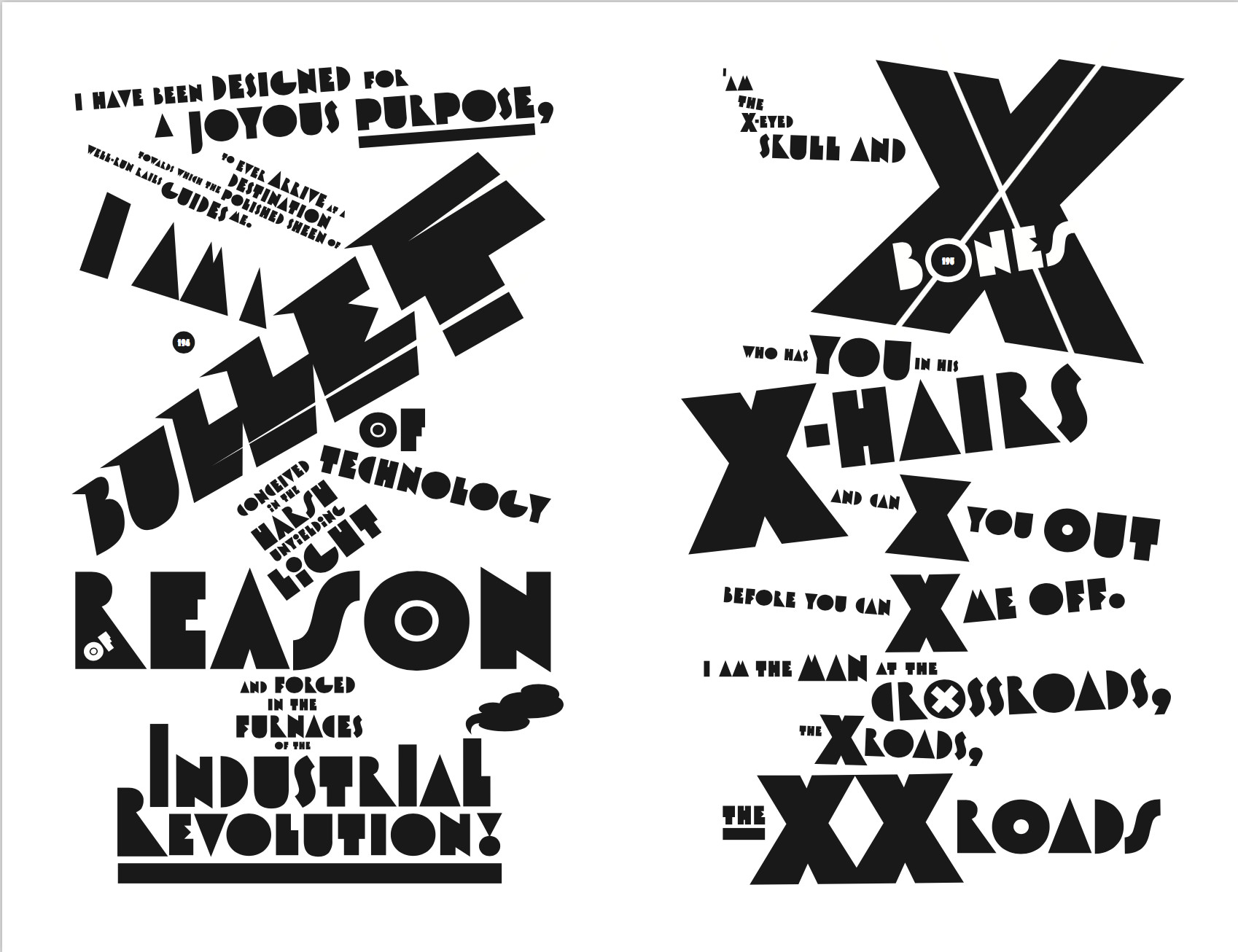

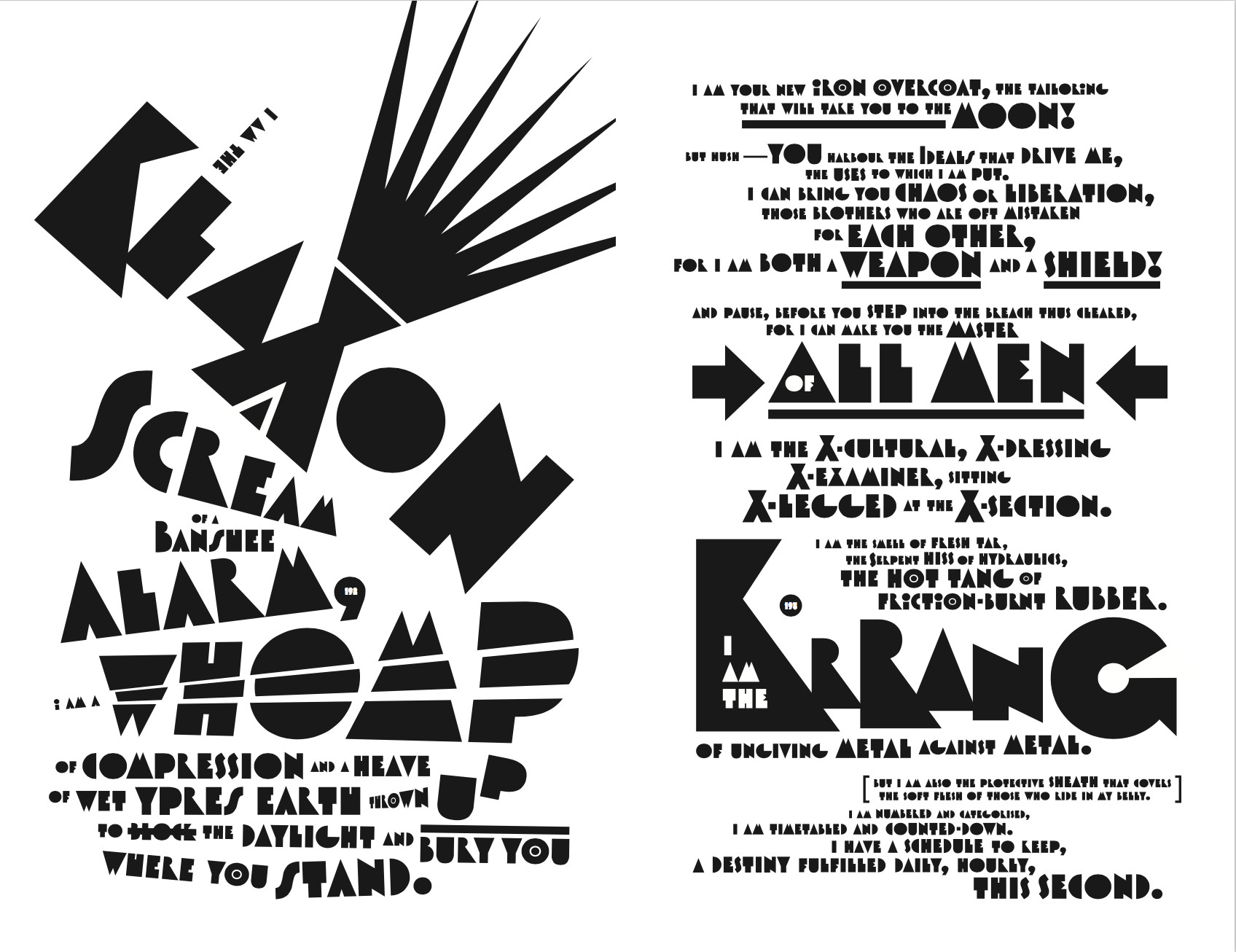
Here's the official synopsis:
"At Jodrell Bank Observatory, a strange signal of extraterrestrial origin has been detected. Jack Fenwick, artificial intelligence expert and on the spectrum, thinks he can decode it. But when he finds a way to step into the alien realm that the signal encodes, he discovers it's already occupied — by ghostly entities that may come from our own past. "XX" presents a compelling vision of humanity's unique place in the universe, and a realistic depiction of what might happen in the wake of the biggest scientific discovery in human history."
Space.com connected with Hughes to learn how this deconstructionist project came about, the ways in which he drew upon his love of comic books and graphic novels, influential sci-fi films and books that spurred this modernist novel and what he hopes readers absorb in his 1000-page epic.
Get the Space.com Newsletter
Breaking space news, the latest updates on rocket launches, skywatching events and more!
Space.com: Where did the seed for this ambitious project come from and how long did it take to complete?
Rian Hughes: The seed was planted around 25 years ago — the idea that the broader language of graphic design could be used to tell a story. Why set every novel in one font, one point size, throughout? Where's the fun in that? All told, it took me around 3-4 years to write and design, though there were large hiatuses where I was working on other projects.
As I realized I was nearing the end, I set aside a solid block of time to finish and edit it — it went through over fourteen drafts, each one mocked up using print-on-demand so it looked just like a real hardback, like the finished object. This is what my agent sent out. I don't think it would have been anywhere near as convincing as a traditional typewritten manuscript.
Space.com: How did you arrive at the experimental format and what books inspired you to take this approach?
Hughes: There's a history of experimental and expressive type design going back to the Futurists, the Constructivists, the Letterists, concrete poetry — some of which is referenced in "XX." I did enjoy "House of Leaves," and more recently Doug Dorst and JJ Abram's "S," for example. More authors are playing with the form in interesting ways.
Space.com: Can you take us on a speed run of the plot and its dominant themes?
Hughes: OK, let's see — we have a possible alien ship that has crashed on the far side of the Moon, and a lone astronaut who is going out to investigate. We have a mysterious Signal from Space that is resisting all efforts to decipher it, and which may somehow be connected.
We have memetic entities from our own past that seem to have been designed for just such an eventuality, a kind of cultural immune response. And we have a novel-within-the-novel, "Ascension" by Herchel Teague, a forgotten '60s sf author and counterculture guru, the story of which parallels current events. All of this is told in a variety of typographic styles, from redacted reports, email exchanges, newspaper clippings, Dada collages, Punk flyers and the like.
On the one hand it's a thriller, on the other a philosophical discussion about consciousness, language, meaning, and the ultimate future of the human organism.
Space.com: Which artistic movements did you draw upon for "XX?"
Hughes: Many — the Bauhaus, mid-century magazine design, the aforementioned Futurists, but also many of the modern movements of the twentieth century, "XX's" natural domain. I then delved back into 19th century broadsides, and their profusion of wood types, and forward again to contemporary communication forms such as Twitter and podcasts. If it was expressive, I pressed it into use.
Space.com: How did you hope to explore design's potential to amplify meaning in literary works?
Hughes: A text's "tone of voice" is intimately related to the font it is set in. Most books try for something as neutral as possible, under the assumption that the punter wants the reading experience to be as transparent as possible. But why not use different fonts for different characters? Different point sizes to suggest volume? Different layouts to suggest kinetic movement, to control the pace and the eye? So much hasn't been tried before in this regard, and the expressive potential of narrative design, of the "novel, graphic," has yet to be explored in any detail.
Space.com: What are some of your formative memories of non-linear cinema, TV, or video games?
Hughes: Though they don't impact the book, I do remember those "choose your own adventure" books, or the multiple-screen shots of the original "Thomas Crown Affair." Or the way that "Monty Python" would mess with the format of a TV comedy show or movie — they'd include adverts, subtitles, a supporting feature that invades the main film, they'd gleefully deconstruct the form and remake it for their own ends. In "XX," I was determined that the typography wasn't simply a gimmick, but an integral part of the story I was telling.
Space.com: In what ways did your background in graphic design and comic books help form the template for your new novel?
Hughes: Comics are words-and-pictures, laid out to form a narrative. If illustration is 2D, comics are 3D, the third dimension here being not one of space, but one of time. I realised that there are no hard and fast borders between these disciplines — design, illustration, comics, typography — and that a narrative can use any and all combinations of these tools. It's a broad field. Art is a continuum, not a series of discrete forms.
Space.com: Where do you see AI technology integrating into society over the next decade?
Hughes: I think the connection between us and the shared memetic species-wide flow of ideas we call "culture" is only going to get more intimate. Today we have to use our old-fashioned senses to communicate — we need to talk, listen, type, read. It's an input/output issue — for me to take what I have in my head and get it into your head with reasonable fidelity takes some doing.
In some ways it's a format-conversion problem — ideas need to be turned into words or speech, and back again. If there was a more direct way to do this, a kind of semiotic telepathy, our communication bandwidth would be far greater — though I'd imagine they'd be all kinds of downsides to this, just as there is today with social media.
Space.com: How were you first drawn to science fiction literature or films and how did they shape your perceptions of humanity?
Hughes: I remember reading the young-adult coming-of-age stories of Andre Norton, and later the hard sf of Arthur C. Clarke. Both of these were influences on "XX." Clarke, especially, conjured this expansive sense of awe, this opening up of mankind's stage to the wider universe. How we deal with that, and how it changes us, are explored in the novel.
Space.com: In researching "XX," what surprising/shocking facts did you uncover while reading old NASA reports and briefings?
Hughes: Apart from finding proof that there really are aliens in Area 51? That top-level scientists are human beings, just like the rest of us, and ask many of the same questions, foremost among them "what does this new discovery actually mean?"
Space.com: How did your experience working on this deconstructionist work change and prepare you for the global pandemic we're dealing with?
Hughes: It does sometimes feel as if we're living through some dystopian sf novel, doesn't it? I think the writer or designer's life is a somewhat solitary one, just you and your work, so in some ways life has gone on as before. But I'm sure that being marinated in sf from an early age means we've got an inbuilt resilience to how much the future can throw at us — we've been future-proofed.
Rian Hughes' "XX" is available now from The Overlook Press.
Follow us on Twitter @Spacedotcom and on Facebook.
Join our Space Forums to keep talking space on the latest missions, night sky and more! And if you have a news tip, correction or comment, let us know at: community@space.com.

Jeff Spry is an award-winning screenwriter and veteran freelance journalist covering TV, movies, video games, books, and comics. His work has appeared at SYFY Wire, Inverse, Collider, Bleeding Cool and elsewhere. Jeff lives in beautiful Bend, Oregon amid the ponderosa pines, classic muscle cars, a crypt of collector horror comics, and two loyal English Setters.
